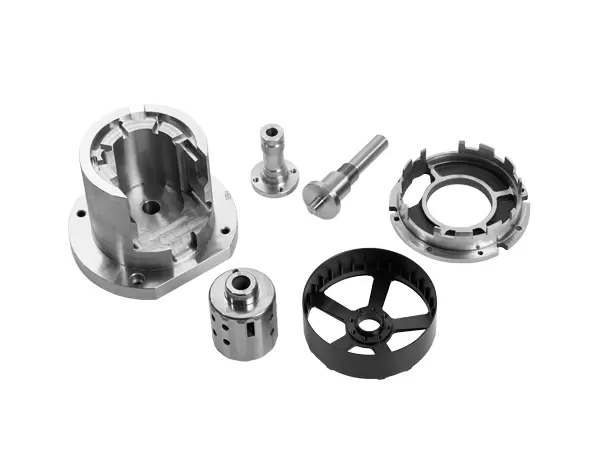When it comes to printing, the longevity of your prints is a critical consideration, especially for photographers, artists, and businesses that rely on high-quality images. Canon, a leader in imaging technology, offers a range of printers that produce stunning prints. However, a common question arises: How long does Canon print last? This article delves into the factors influencing print longevity, the technology behind Canon prints, and best practices for preserving your prints.
Understanding Print Longevity
The lifespan of a print is influenced by several factors, including the type of ink used, the quality of the paper, environmental conditions, and the printing technology itself. Canon printers typically utilize dye-based or pigment-based inks, each with distinct characteristics affecting durability.
- Dye-Based Inks: These inks are known for their vibrant colors and smooth gradients, making them ideal for photo printing. However, they are more susceptible to fading when exposed to light and environmental factors. Under optimal conditions, dye-based prints can last anywhere from 20 to 30 years before noticeable fading occurs.
- Pigment-Based Inks: Canon's professional-grade printers often use pigment-based inks, which are more resistant to fading and environmental damage. Prints made with pigment inks can last over 100 years when stored properly, making them an excellent choice for archival purposes.
The Role of Paper Quality
The type of paper used in printing significantly impacts the longevity of Canon prints. Canon offers a variety of specialized papers designed to enhance print quality and durability. Here are some key considerations:
- Archival Quality Paper: Using acid-free, lignin-free paper is crucial for ensuring the longevity of prints. These papers are designed to resist yellowing and deterioration over time.
- Coated vs. Uncoated Paper: Coated papers, often used for photographic prints, provide a smooth surface that enhances color vibrancy and sharpness. However, uncoated papers may absorb ink differently, affecting the overall durability of the print.
Environmental Factors
The environment in which prints are displayed or stored plays a significant role in their longevity. Here are some factors to consider:
- Light Exposure: Ultraviolet (UV) light can cause prints to fade over time. To maximize longevity, display prints away from direct sunlight or use UV-filtering glass when framing.
- Humidity and Temperature: High humidity levels can lead to mold growth, while extreme temperatures can cause paper to warp or degrade. Ideally, prints should be stored in a cool, dry environment.
- Pollutants: Airborne pollutants can also affect print longevity. Keeping prints in a clean environment and using protective sleeves or frames can help mitigate this risk.
Best Practices for Preserving Canon Prints
To ensure that your Canon prints stand the test of time, consider the following best practices:
- Use High-Quality Materials: Invest in archival-quality inks and papers to enhance print durability.
- Proper Storage: Store prints in a cool, dry place, ideally in acid-free boxes or portfolios to protect them from environmental damage.
- Limit Exposure: Display prints in areas with controlled lighting and avoid direct sunlight to reduce fading.
- Regular Maintenance: If prints are framed, check the condition of the frame and glass regularly to ensure they are providing adequate protection.
- Digital Backups: Always keep digital copies of your prints. In the event of damage or fading, having a high-resolution digital file allows for reprinting without loss of quality.
Conclusion
In conclusion, the longevity of Canon prints can vary significantly based on the type of ink, paper quality, and environmental conditions. By understanding these factors and implementing best practices for preservation, you can ensure that your prints remain vibrant and intact for years to come. Whether you are a professional photographer or a casual enthusiast, taking the time to care for your prints will pay off in the long run, allowing you to enjoy your artwork and memories for generations.



More Stories
Mechanisms of Damping Deadening Rubber Sheets: How They Reduce Vibration and Noise
How SMC Is Manufactured: Process, Materials, and Quality Control
Customizable Logo Pulp Boxes in Kraft and White for Sustainable Food Packaging Solutions